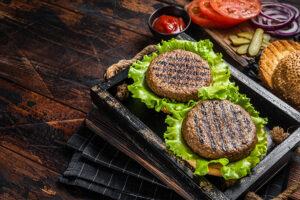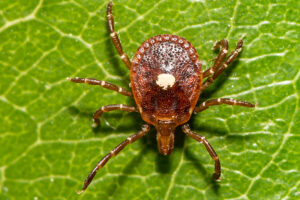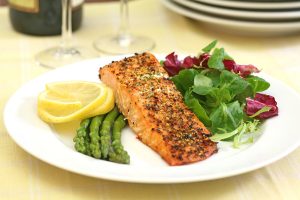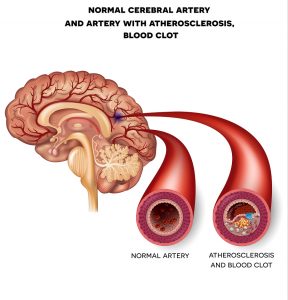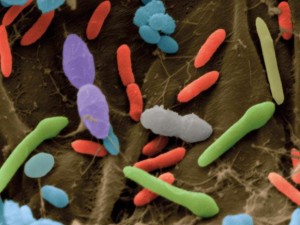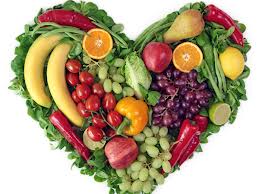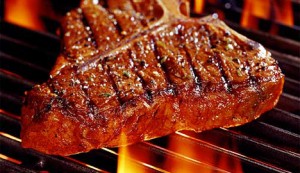A recent study showed that plant-based meat alternatives are healthier than the original meat dishes. This spread into various health websites on the Internet. One example is this one.
Some statistics about plant-based meat alternatives
Plant-based meat alternatives came to the market in the 1960’s. At that time, they consisted mainly of soy. Later textured vegetable protein joined soy products. Today they consist of pea protein, soy, potato, oils, various binders and flavorings to mimic the texture and flavor of meat.
The global plant-based meat market was about 5 billion USD last year. It is projected to increase by 19% from 2022 to 2030. The plant-based dairy alternatives market totaled 11 billion in 2020. The estimate is that this will grow to 32 billion in 2031.
How healthy are plant-based substitutes?
In the center of this discussion is the publication of Christopher J. Bryant from the Bath University in England. This publication reviewed 43 studies regarding plant-based substitutes regarding healthiness and environmental sustainability. In the following I am discussing the findings, particularly about health benefit of plant-based foods versus meat-based foods.
Problems with our current food consumption
There are several problems with human diseases that are transmitted from wildlife. HIV arouse from hunting of non-human primates. Rabies was transmitted in South America by vampire bats from cattle to humans. Early cases of severe acute respiratory syndrome (SARS) came from contact with wild life. Finally, bats transmitted the SARS coronavirus-like virus from wild animals and live animal markets to humans. Subsequently human to human transmission caused the spread of Covid all around the world as a pandemic.
Use of antibiotics in feedlots
In order to control diseases in closely kept animal feedlots farmers feed the livestock antibiotics. This helps to contain infections, but it also poses a grave problem to humans as antibiotics become more and more resistant. Superbugs developed this way. 18% of meat imported from China was contaminated with Salmonella. 88% of those exposed to contaminated meat were resistant to at least one antibiotic. But 58% were resistant to multiple antibiotics.
A Harvard study from Boston showed in 2020 that red meat and processed red meat consumption caused 15% more heart attacks compared to those who substituted the protein source with plant-based foods. The same study also noted that the heart attack rates were about 15% less for subjects who substituted meat with plant products in comparison to meat eaters.
Other results of the study
Several of the reviewed studies compared the nutritional profile of plant-based meat with the animal-based counterparts. Plant-based meat was significantly lower in saturated fat, and protein. However, they were significantly higher in fibre and salt. 40% of meat products were classified as ‘less healthy’. In comparison to that investigators assessed that only 14% of plant-based meat was ‘less healthy’. When saturated fat, sodium, sugar, and overall calorie content were tabulated, plant-based meat products compared favorably to meat. But salt content was often too high in plant-derived foods.
Plant-based burgers were much healthier than conventional beef-burgers, as they contained no cholesterol, less trans-fatty acids and less saturated fat. Vegetable-based food that contains pea protein is particularly valuable with regard to a high protein content.
Criticism of plant-based meat alternatives
At the present time many plant-based meat products have too much sugar and salt in it, but lack iron and vitamin B12. Various authors suggested that the food industry should add iron and vitamin B12 to their products and reduce the sugar and salt content.
Muscle synthesis
Mycoprotein is the active biochemical that builds up the protein of the muscle mass in man. Non-animal-derived dietary protein contains ample amounts of mycoprotein according to this publication. These authors investigated the ingestion of mycoprotein in a dose-response manner. They also measured insulin levels for 4 hours after ingestion of plant-derived mycoprotein. Insulin levels remain higher than normal for a sustained period.
Weight loss
A 2017 study showed that 40 grams of mycoprotein, which is the equivalent of 18 grams of protein was sufficient to lead to a robust muscle synthetic response. 60 g of mycoprotein (27 g protein) provided an optimal response regarding muscle synthesis. Gram for gram milk protein and mycoprotein were equivalent in amino acid bioavailability. Several studies examined weight loss following mycoprotein meals. One study found in overweight patients that chicken protein consumption was higher in comparison to consumption of plant mycoprotein. The mycoprotein consuming group chose to eat 10% less calories than the chicken control group.
Greenhouse gas emissions and other factors
The publication cited above also included a lot of findings regarding how plant-derived food saves greenhouse gas emissions and other facts. For instance, the pork supply chain requires 3.3-times more fertilizer and 1.6-times more pesticides than the production of plant-derived food. What this means is that plant-derived foods are more environmentally sustainable than animal products.
Conclusion
Plant-derived foods have improved in the past few decades. Pea-derived plant products are now equivalent in terms of protein content to milk and meat. By eating more plant-derived food people consume less meat, which helps the environment, but also benefits the person who eats it. We know that with the consumption of a certain amount of plant-derived food less people develop cardiovascular disease, diabetes and cancer. 40 grams of mycoprotein, which is the equivalent of 18 grams of protein was sufficient to lead to a robust muscle synthetic response.
Consumer beware
It is important to realize that not all is well with the list of “fake meat” and other highly processed plant-based products. Consumers must read the list of ingredients. If a product contains a laundry list of ingredients that not even an adult can pronounce and understand, it is very likely a highly processed food product that only pretends to be good for you. Should the sodium content be too high, steer away from it. High sugar content means that you put it back in the shelf. All in all, eating more plant-derived foods makes you healthier and improves the environment at the same time. But it is up to us to be discriminating colourful advertising from a nutritionally sound product.
